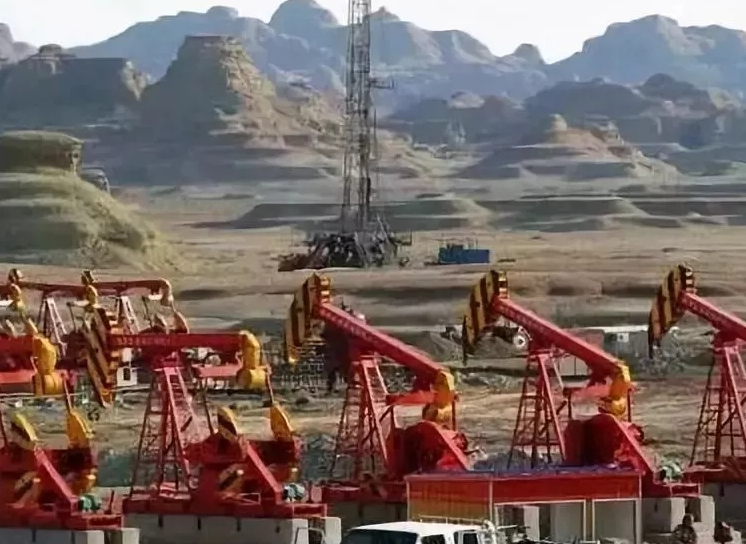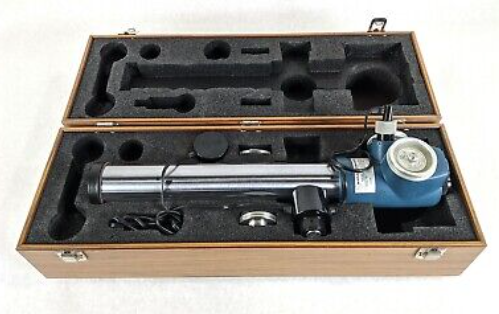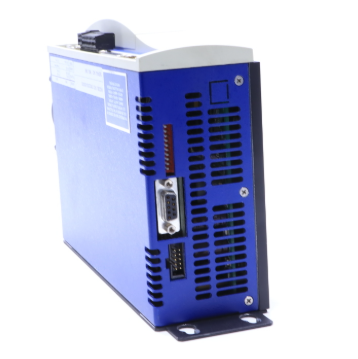Oil and gas industry carbon reduction path
China's oil and gas industry carbon reduction path
According to the McKinsey analysis, under the 1.5 ° C temperature control scenario, greenhouse gas emissions would need to be reduced by 95% over the life cycle of oil and gas by 2050. In our path, the decline in end demand for oil and gas is the biggest driver, contributing 80% of greenhouse gas reductions. Carbon reduction measures in China's oil and gas industry chain, including oil extraction, transportation and chemicals, will contribute about 15% of the reduction.
Greenhouse gas emissions in the oil and gas industry mainly include carbon dioxide and methane. Carbon dioxide emissions are mainly generated by heating and energy supply demand, such as the use of natural gas as fuel for heating and steam generation, and the tailpipe emissions caused by self-owned power plants. On a 20-year scale, the warming potential of methane is about 86 times that of carbon dioxide, and it is a kind of greenhouse gas that needs to be controlled first. Of the 15% greenhouse gas emission reduction contributed by the oil and gas industry chain, more than 60% came from methane emission reduction, and the remaining 40% came from carbon dioxide emission reduction. Among them, the emission reduction of upstream oil production accounts for about 10%, and the emission reduction of downstream oil refining accounts for about 30%.
Tackling methane emissions is a no-regret way to reduce emissions by applying new technologies to everyday processes. Existing technologies can address 70% of methane escapes, but methane-reduction technologies have not yet been implemented on a large scale due to regulatory challenges, high return on investment requirements, and interruptions to conventional oil recovery operations. Available technologies include:
Replacing high-emission components: Controlling high-emission methane emissions by replacing high-emission pumps, compressor seals, compressor seals, instrument air systems and electric motors can contribute up to 30% of the total methane emission reduction. However, the instability of the quality of the replacement equipment may lead to a certain degree of deviation in the emission reduction.
Installation of emission control devices: Control of methane emissions through installation of steam recovery devices, blowdown capture units, plungers, flare combustion, etc., thereby reducing methane emissions, accounting for 7% of the total methane emission reduction. However, the unreliable quality of emissions control equipment, especially gasoline and oil recovery systems, and inexperience in installing and using new emissions control equipment can affect total emissions reductions. In addition, the combustion of the torch converts methane into carbon dioxide, and to some extent produces greenhouse gases.
Leak Detection and Repair (LDAR) : 26 percent of total methane emissions reduction through the use of technologies such as infrared photography to locate and repair leaks across the value chain. However, due to the uneven quality of service and expertise of LDAR providers, leaks need to be tracked regularly, so the labor intensity is relatively high.
Other emerging technologies, such as digital sensors, predictive analytics, microtechnologies using satellites and drones to detect leaks, compressing and liquefying methane gas byproducts, and catalysts to reduce methane, accounted for 4 percent of total methane emission reductions. However, these new technologies require high installation costs and human capital, and companies lack the incentive to invest and innovate in this area.

Upstream in the oil and gas chain, offshore fields contribute about 80% of CO2 emissions. Emissions reductions in the upstream sector rely mainly on process optimization, i.e. improving energy efficiency in processes and reducing the share of fossil fuels. More than 90% of onshore oil fields are already powered by the grid for oil production, which itself emits only a small amount of carbon dioxide in the heating portion. However, offshore oil fields still burn oil and gas and produce carbon dioxide. Improving energy efficiency is a no-regret way to reduce emissions from offshore oil fields, and it is also the way to achieve the highest technology maturity and resource availability. By improving the design of equipment and processes and purchasing energy-saving equipment to improve energy efficiency, offshore oil fields have the potential to reduce carbon emissions by 15%. The remaining emissions can be solved through submarine cable power supply. Compared with offshore carbon capture and storage, submarine cable power supply is a mature and more economical means of carbon emission reduction. But undersea cables are expensive, costing more than $100 per tonne of carbon dioxide to reduce in the case of offshore fields. In a low oil price environment, oil and gas companies need external incentives to act. In addition to submarine cables, offshore wind power is also a potential form of electrification, especially for offshore oil fields.
In refining and chemicals downstream of the oil and gas chain, carbon reduction will be achieved by strategically deploying emerging technologies such as plastic recycling, carbon capture, utilization and storage (CCUS), and equipment electrification. However, these high-potential carbon emission reduction technologies are not yet fully mature, so they need to be selected and adopted in a targeted way based on regional resource endowments. We suggest that Chinese refining and chemical enterprises may consider the following three regional types to make targeted layouts to fill the carbon reduction gap:
- EMERSON
- Honeywell
- CTI
- Rolls-Royce
- General Electric
- Woodward
- Yaskawa
- xYCOM
- Motorola
- Siemens
- Rockwell
- ABB
- B&R
- HIMA
- Construction site
- electricity
- Automobile market
- PLC
- DCS
- Motor drivers
- VSD
- Implications
- cement
- CO2
- CEM
- methane
- Artificial intelligence
- Titanic
- Solar energy
- Hydrogen fuel cell
- Hydrogen and fuel cells
- Hydrogen and oxygen fuel cells
- tyre
- Chemical fiber
- dynamo
- corpuscle
- Pulp and paper
- printing
- fossil
- FANUC
- Food and beverage
- Life science
- Sewage treatment
- Personal care
- electricity
- boats
- infrastructure
- Automobile industry
- metallurgy
- Nuclear power generation
- Geothermal power generation
- Water and wastewater
- Infrastructure construction
- Mine hazard
- steel
- papermaking
- Natural gas industry
- Infrastructure construction
- Power and energy
- Rubber and plastic
- Renewable energy
- pharmacy
- mining
- Plastic industry
- Schneider
- Kongsberg
- NI
- Wind energy
- International petroleum
- International new energy network
- gas
- WATLOW
- ProSoft
- SEW
- wind
- ADVANCED
- Reliance
- YOKOGAWA
- TRICONEX
- FOXBORO
- METSO
- MAN
- Advantest
- ADVANCED
- ALSTOM
- Control Wave
- AB
- AMAT
- STUDER
- KONGSBERG
- MOTOROLA
- DANAHER MOTION
- Bently
- Galil
- EATON
- MOLEX
- Triconex
- DEIF
- B&W
- ZYGO
- Aerotech
- DANFOSS
- KOLLMORGEN
- Beijer
- Endress+Hauser
- MOOG
- KB
- Moxa
- Rexroth


Email:wang@kongjiangauto.com

















































































































